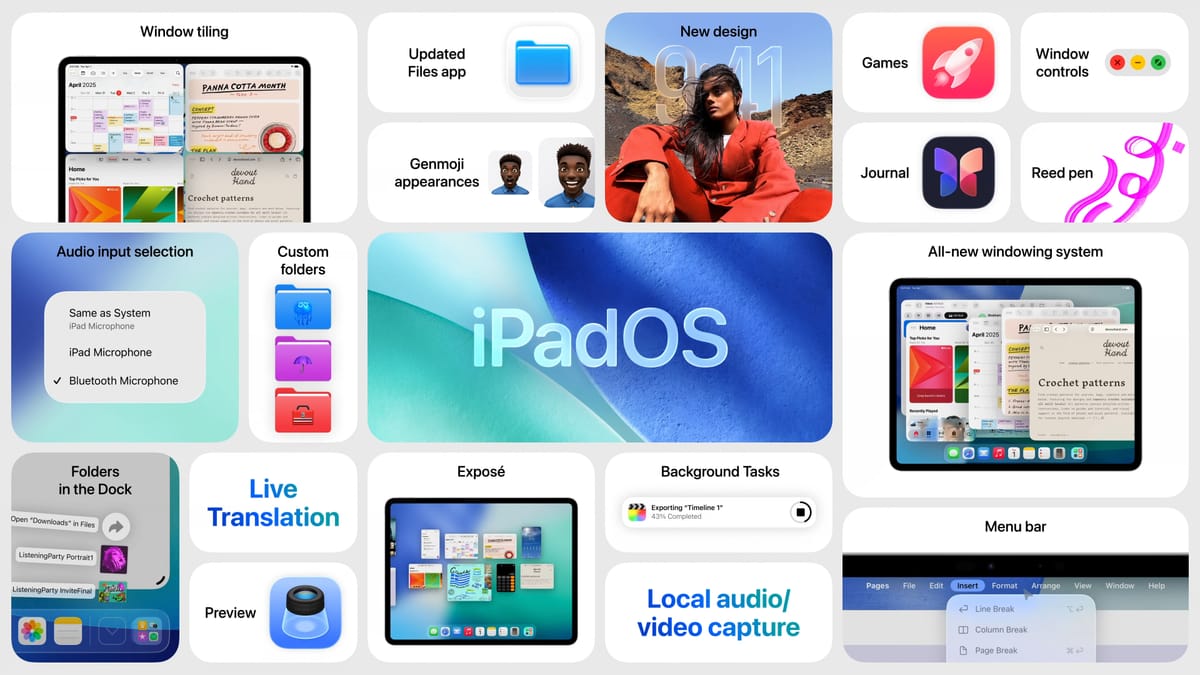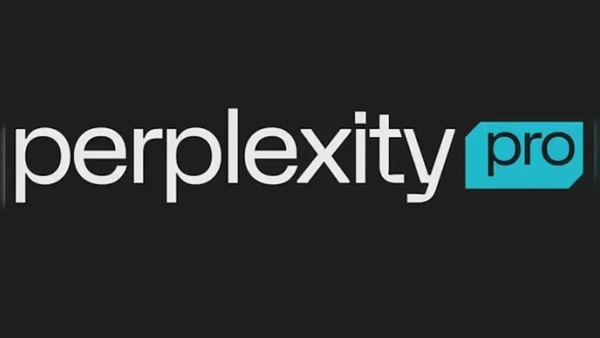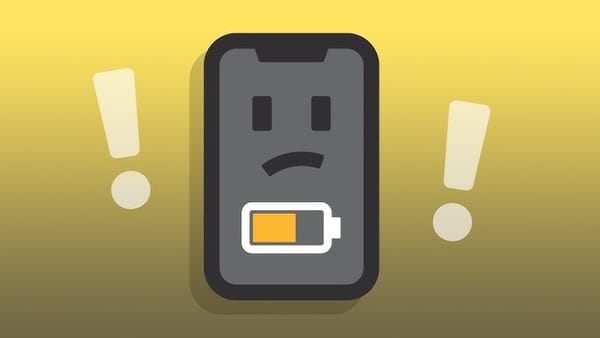Apple’s WWDC 2025: iPadOS 26 Just Made the iPad the MacBook’s Biggest Competitor
WWDC 2025 broke the mold. Learn how iPadOS 26 turns the iPad into a genuine MacBook rival, making Apple's most affordable tablet a true computer for the masses. The future of personal computing just changed.

For years, the tech world has engaged in a familiar ritual: the “iPad as a laptop replacement” challenge. It had become a predictable cycle of hype and disappointment.
Just weeks before WWDC 2025, Marques Brownlee (MKBHD) perfectly captured the community’s fatigue on his Waveform podcast. He compared the annual anticipation to the perpetually-delayed Tesla Roadster, a promise of a revolutionary future that never quite arrives.
Each year, he noted, YouTubers attempt the challenge, the software falls short, and the cycle repeats.
He was right to be skeptical. That pattern has been the reality for a while. But at WWDC 2025, Apple finally broke it. The very rumors his co-host brought up, the ones that seemed too good to be true, were real. Apple didn’t just nudge the iPad forward with iPadOS 26; they launched it into an entirely new category.
The most profound announcement wasn’t a single feature, but a tectonic shift in the company’s product strategy. By democratizing its most powerful software features, Apple has deliberately positioned the entry-level iPad to cannibalize the mass-market appeal of its own MacBook line. The new question isn’t whether the iPad can be a computer; it’s why most people would choose to buy a MacBook anymore.
The Software Wall Has Been Demolished
The historical argument for the MacBook has always centered on the superiority of its operating system for “real work.” iPadOS was seen as a compromised, touch-first environment. With iPadOS 26, Apple took a sledgehammer to that wall, dismantling the three core pillars of Mac software supremacy.
Windowing for Everyone: The Great Equalizer
The single most significant change is the new windowing system. This isn’t just another iteration of Split View. It’s a fluid, desktop-class multitasking interface with resizable windows, tiling, and a full Exposé overview.
Crucially, this is not an exclusive “Pro” feature. Apple is making it available on every single iPad model that can run iPadOS 26. This is a monumental decision. The owner of a €350 base-model iPad now has the same fundamental multitasking capability as the owner of a ~€900+ iPad Pro. The software that once justified the MacBook’s higher price is now a standard feature on Apple’s most affordable computer.
A File System That Finally Works
For over a decade, the Files app has been the iPad’s Achilles’ heel. It was a functional but frustrating barrier for anyone managing complex projects. That barrier is now gone. The upgraded Files app, with its resizable columns and ability to set default applications, mirrors the functionality of the macOS Finder.
The addition of the beloved Preview app from macOS is the final nail in the coffin. The inability to easily view, mark up, and manage PDFs and images in a powerful, native application was a major workflow bottleneck. By bringing Preview to iPadOS, Apple has addressed one of the last legitimate complaints that kept users tethered to their Macs for document management.
The App Gap Is All But Closed
The final argument for the Mac was its exclusive access to “professional” applications. While this remains true for a shrinking niche, most notably developers, the app gap has become largely irrelevant for the majority of users, including many creative professionals.
Powerful, desktop-class versions of Adobe’s Creative Suite, video editors like DaVinci Resolve, and music production suites are already thriving on iPad. For the average person and even for the “prosumer,” the argument that you need a Mac for real applications no longer holds water.
The Unbeatable Economic Argument
With the software experience reaching parity for most tasks, the decision comes down to economics. Here, the math is brutal and undeniable.
- The “iPad Laptop” Setup:
— Base Model iPad: ~€350
— Quality Bluetooth Keyboard & Case: ~€100
— Total Functional Laptop Cost: ~€450 - The MacBook Air Alternative:
— Base Model MacBook Air: ~€900+
For nearly half the price, the iPad setup provides the same core computing experience, web browsing, email, document creation, media consumption, with the significant added value of being a touchscreen tablet, a superior media device, a digital notebook, and a drawing canvas. The question for the average consumer becomes stark: What, exactly, does the extra €450 for a MacBook Air buy you? For most, the answer is now “very little.”
The New Apple Hierarchy: Who is the Mac For?
The Mac is not dead, but its role has been fundamentally redefined. It is no longer Apple’s default computer. It is now Apple’s specialist line of power tools, serving two distinct, high-end niches.
The Stationary Powerhouse: The Mac mini
For the user building a home office who needs sustained performance for demanding tasks, the Mac mini has always been the logical choice. Ranging from €500-€900, it offers vastly more performance-per-euro than any portable Apple device. It is the clear winner for anyone who needs a dedicated desk setup and doesn’t prioritize mobility.
The Mobile Professional: The MacBook Pro
This is the user who truly needs macOS on the go. They are developers running Xcode, high-end video editors managing complex plugin ecosystems in Final Cut Pro, or audio engineers requiring specific multi-channel hardware I/O. They are a small but vital segment of the market willing to pay a premium for a portable machine that runs desktop-class software that is simply unavailable, or not as capable, on iPadOS.
The Victim: The Squeezed MacBook Air
This strategic shift leaves one product in a precarious position: the MacBook Air. Its territory has been eroded from both sides. The iPad is now a better value for the casual user and student. The Mac mini is a better value for the stationary power user. The MacBook Air, once the default entry point into Apple’s ecosystem, is now caught in the middle, making it a less obvious choice for almost everyone.
Conclusion: Apple Deliberately Cannibalized Its Own Product?
This wasn’t an accident. Apple’s move to supercharge the entire iPad line with pro-level software is a deliberate, long-term strategy. It’s a clear signal that the company sees a modular, touch-first device as the future of personal computing for the masses. They have sacrificed the mass-market dominance of the MacBook to elevate the iPad to its rightful place.
The debate is over. The Mac is now Apple’s specialist power tool. For everyone else, the iPad can be their new computer.
Want to try the features now? Developer betas for iPadOS 26, iOS 26, and macOS Tahoe are available today if you enroll in Apple's Developer Program. A more stable public beta is expected next month (July), with the official, full release for all users coming this fall.



